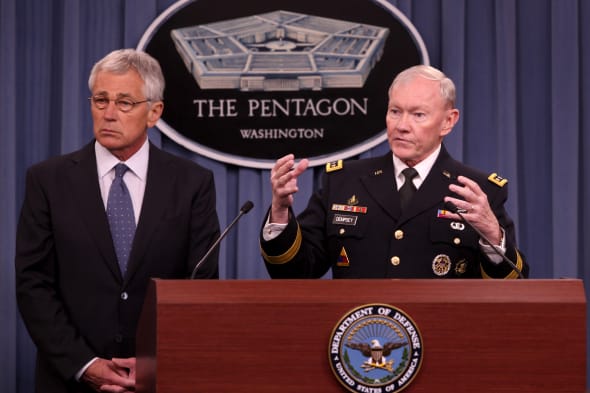
NEW YORK (AP) - Metta World Peace's dream homecoming lasted less than a season, with the New York Knicks waiving the veteran forward and Beno Udrih on Monday after buying out their contracts.
World
Peace finally got his wish to play for the Knicks when he signed last
summer, but he never gained a place in Mike Woodson's rotation and
appeared in just 29 games before asking for his release.
"It
was a childhood dream of mine to play basketball professionally in New
York City, and it has truly been a blessing for that dream to have come
true. However, under current circumstances, my agent and I have agreed
that being bought out would be the best option for me professionally,"
the New York native said in a statement. "I would like everyone to know
that whether I was on the court or off, I could not have been happier
playing for and cheering on this amazing city, my city."
The
moves were announced Monday before the Knicks hosted the Dallas
Mavericks. By getting waived this week, both veterans will be able to
sign with another team and be eligible for the playoffs.
World
Peace, who grew up in Queensbridge and starred at St. John's when he
was still Ron Artest, missed nearly all of January due to a procedure on
his left knee. He played seven minutes Friday in a loss at Orlando, and
then wrote on his Twitter page on Saturday that his agent was working
on a buyout.
Udrih, who also signed last summer, had 12 starts among his 31 appearances.
"We
are disappointed that it did not work out for Beno and Metta here in
New York," Knicks general manager Steve Mills said. "We thank them for
their contributions this season and wish them well."
Woodson
said he and Mills would talk Tuesday about adding players. Woodson said
he thought the Knicks needed a guard to defend on the perimeter, and
another big man with Andrea Bargnani and Kenyon Martin injured.
